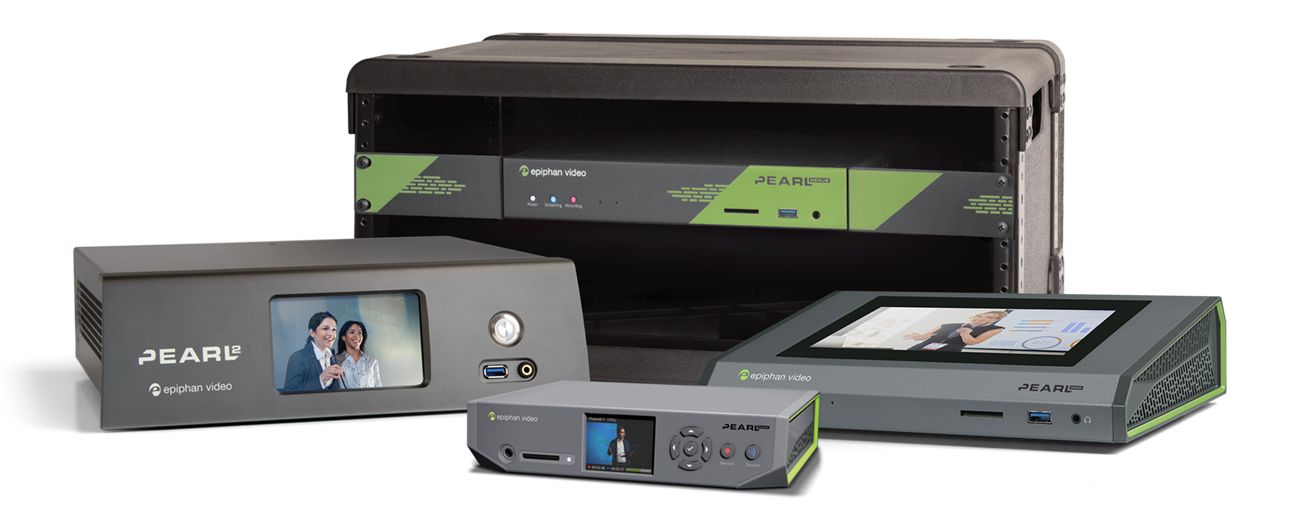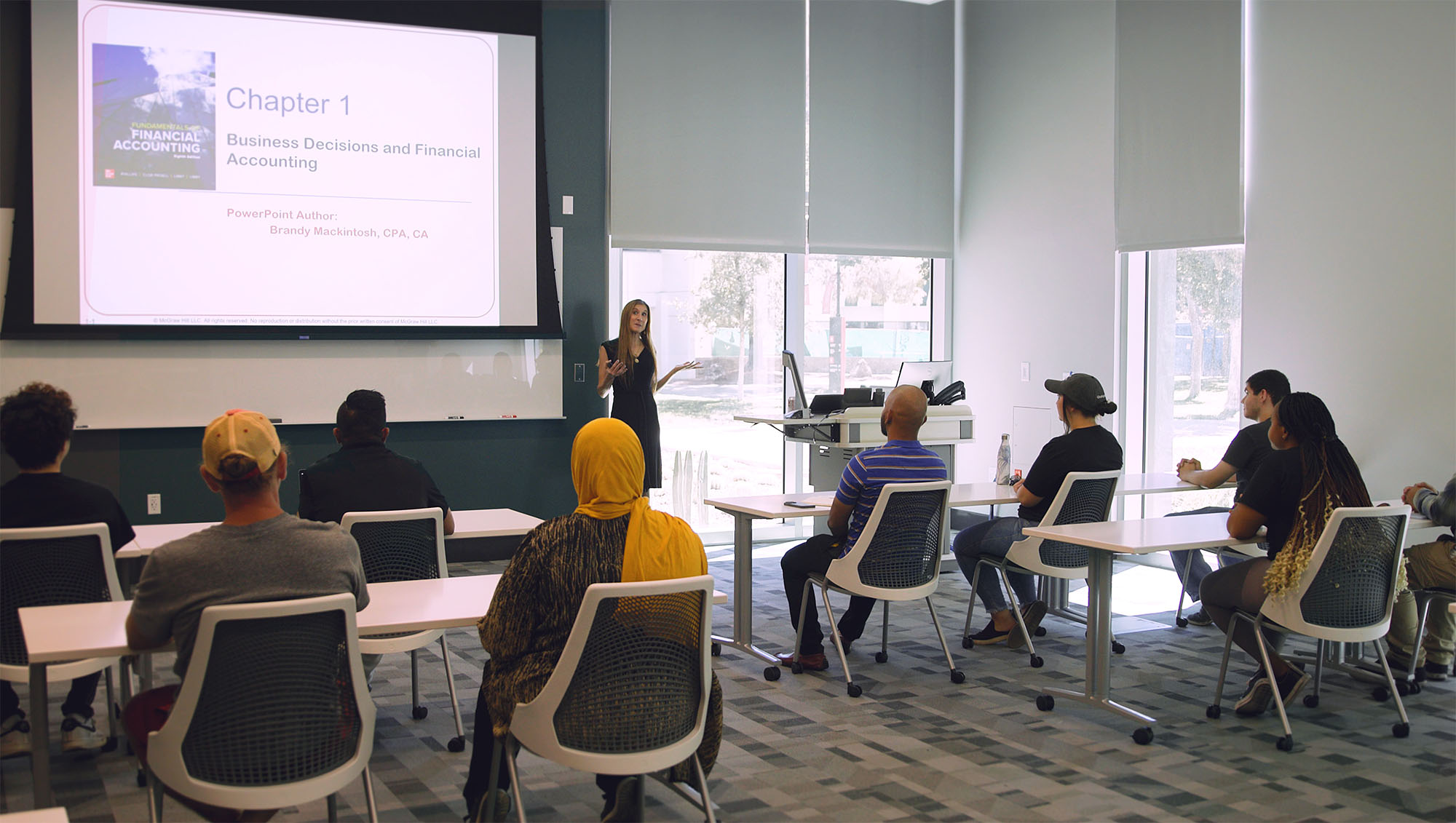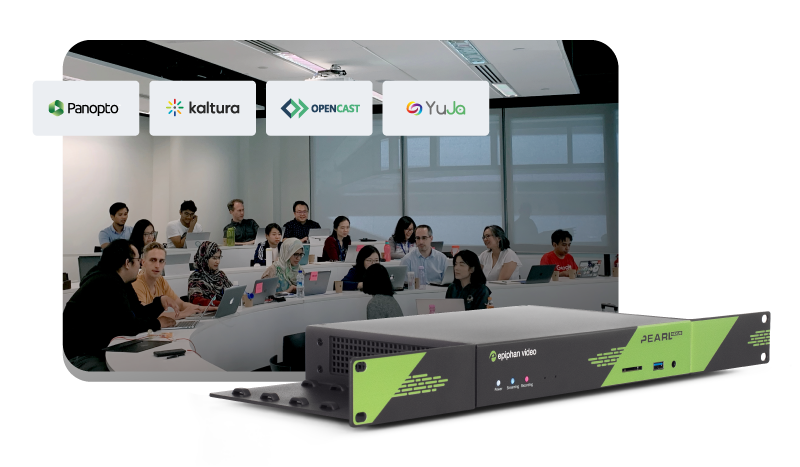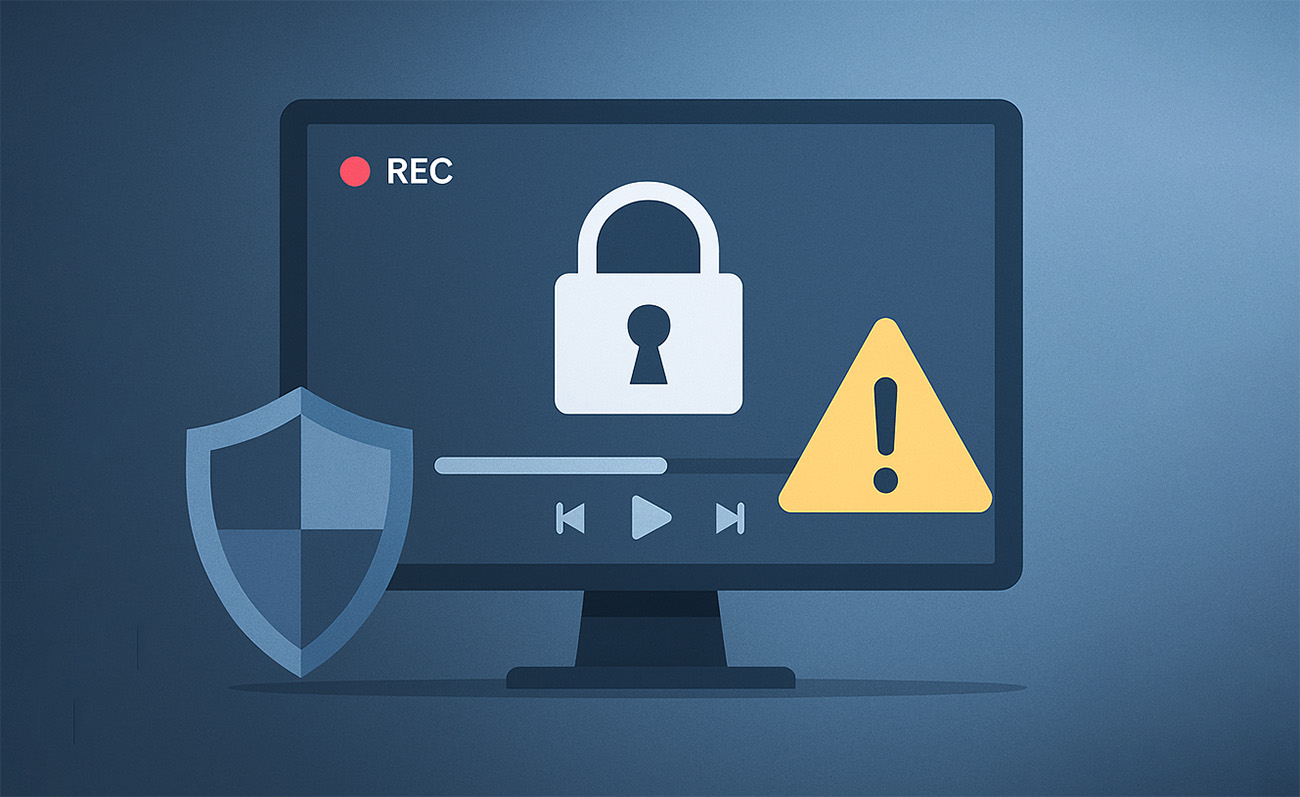When Windows 10 reached end-of-life, universities had to move to Windows 11. But that upgrade quietly broke something vital: automated lecture capture.
Microsoft’s new security model in Windows 11 locks access to cameras and microphones until a user logs in, making some remote recorders unable to start scheduled recordings unattended.
That means failed video recordings, angry professors, and rushed IT workarounds. So what can institutions do to keep automated lecture recording running smoothly?

Lecture capture that keeps working
Pearl is purpose-built for automated lecture capture with proven reliability in fully unattended classrooms. No PC, no logins required.
Why the problem exists
Windows 11 was designed with a stronger device-security posture. To protect user privacy, it blocks video and audio device access until after login. Unfortunately, that change makes background recording software blind and deaf at boot.
This pits security versus usability: Microsoft’s fix closes vulnerabilities, but it breaks long-standing lecture capture workflows that depend on unattended automation.
Four practical solutions for IT Teams
1. Stay on Windows 10 (Temporarily)
Some universities are buying time through Microsoft’s Extended Security Updates program, which provides paid patches for one more year.
Pros
- Keeps existing Windows setups functional with no workflow changes.
- Zero retraining required for staff or faculty.
Cons
- Temporary fix; support ends October 2026.
- Increasing incompatibility with drivers, browsers, and management systems.
- Not sustainable for large institutions managing hundreds of recorders.
Bottom line: This buys time, not stability. Plan your migration now rather than later.
2. Software workarounds: auto-login and Kiosk mode
Several IT departments have turned to Windows’ Automatic Restart Sign-On (ARSO) or Kiosk mode so remote recorders can launch before class starts.
How it works
ARSO automatically logs in a service account after reboot. Kiosk mode creates a restricted account that launches a single app in a locked-down shell.
Pros
- Allows automated lecture capture and record lectures without human intervention.
- Maintains integration with CMS’s web-based interface and management system.
Cons
- Credentials are stored locally. Security teams dislike that.
- Some audio drivers still fail to initialize correctly after reboot.
- Risk of breaching campus IT compliance policies.
Alternative view: For small deployments or labs, kiosk mode is an acceptable stopgap. For enterprise-scale environments, it’s a ticking liability.
3. Wait for software fixes
Microsoft forums are filled with complaints about “no sound before login.” While both vendors are aware, neither has offered a definitive patch.
Reality check: Expecting a rollback of Windows’ core security model is unrealistic. This is a design choice, not a bug.
Still, admins can:
- Test web-based capture tools that rely on browsers rather than OS-level services.
- Evaluate whether cloud-based scheduling or real-time capture APIs could fill the gap.
4. Go hardware-based: dedicated capture appliances
The cleanest long-term fix is to move lecture recording off PCs entirely.
Hardware encoders like Epiphan Pearl Nexus, Pearl Mini, or Pearl-2 offer seamless integration with various video content management systems (CMS). No Windows dependency required.
Advantages
- Operate independently of OS logins.
- Purpose-built for automated lecture capture, live streaming, and real-time content distribution.
- Support multi-channel video and audio input for course content, videos captured, and web-based interfaces.
- Proven reliability in fully unattended classrooms.
Trade-offs
- Higher initial cost than repurposing old PCs.
- Requires minimal setup and training but delivers far fewer headaches long-term.
Verdict: For universities standardizing on lecture capture, moving to dedicated capture hardware is the most future-proof path.

6 reasons to use a hardware encoder with your school’s CMS
Read moreChoosing your path
Each institution must weigh risk, cost, and control:
- Short-term fix: Pay for Windows 10 ESU.
- Medium-term workaround: Use kiosk or auto-login cautiously.
- Long-term solution: Transition to hardware-based recording that’s OS-agnostic.
Whichever route you choose, avoid complacency. Automated lecture recording is mission-critical infrastructure — not something to gamble on with fragile PC setups.
Turning disruption into opportunity
The Windows 11 transition is painful, but it’s also a chance to modernize.
Replacing PC-based recorders with dedicated encoders can unify lecture capture, live streaming, and video content management into one consistent workflow.
Those who act now will not only protect their faculty from failed video recordings but also future-proof their course content delivery for the next decade.
FAQ: Windows 11 update
Why don’t some remote recorders start automatically on Windows 11?
Because Windows 11 locks video and audio devices until a user logs in, preventing unattended recording.
Can I keep using Windows 10 for software lecture capture?
Yes — through Microsoft’s Extended Security Updates until October 2026 — but it’s a temporary measure.
Is enabling auto-login safe?
Not really. It stores credentials locally and violates most IT security policies, though some smaller schools accept the risk.
Does kiosk mode fix the issue?
It can help for single-purpose systems, but audio devices may still fail to initialize after reboot.
What’s the best long-term strategy?
Switch to dedicated capture hardware like Epiphan Pearl, which operates independently of Windows and supports automated lecture capture and live streaming.
Will other video platforms face the same problem?
Yes. Any web-based or PC-based lecture capture system that relies on OS-level device access will encounter the same login restriction.
Final takeaway
If your PC-based recorders keep failing after the upgrade, the issue isn’t your setup, it’s the OS. The smartest move is to migrate from fragile PC-based workflows to secure, self-contained appliances that can reliably record lectures and capture video content without ever logging in.


